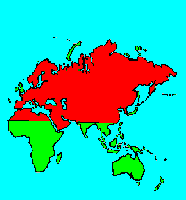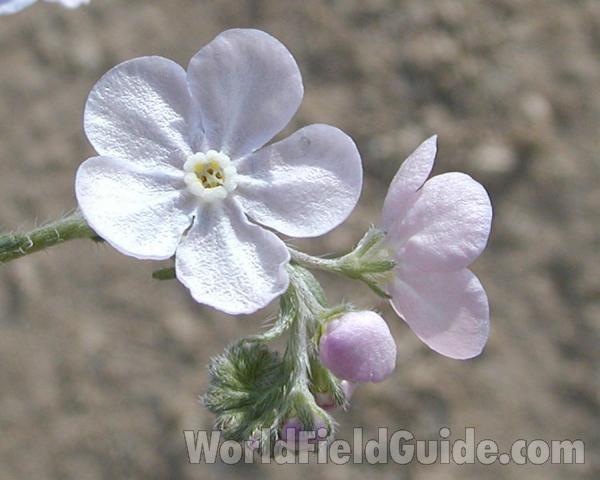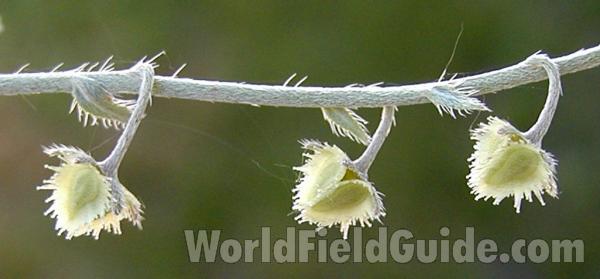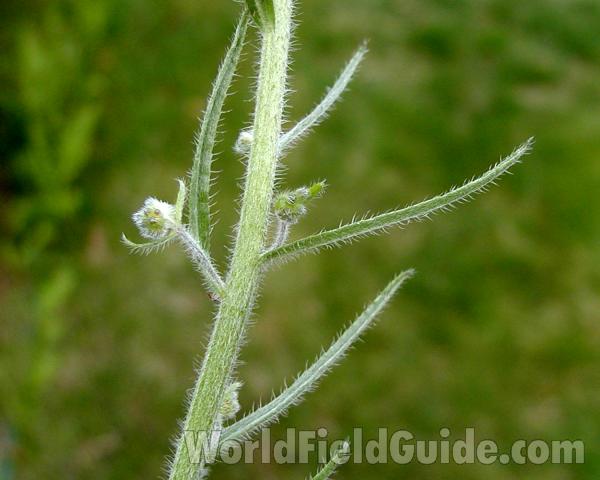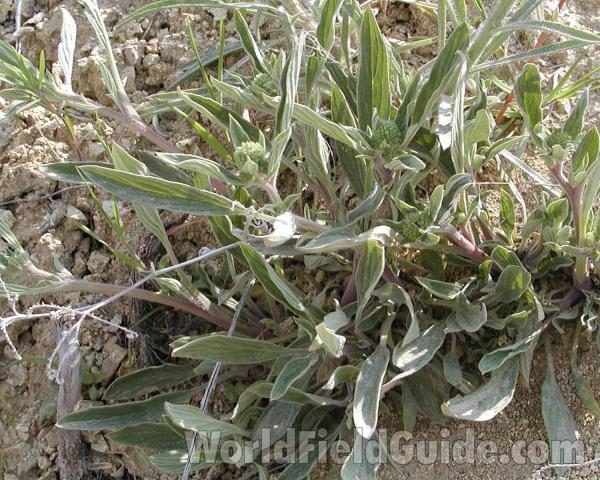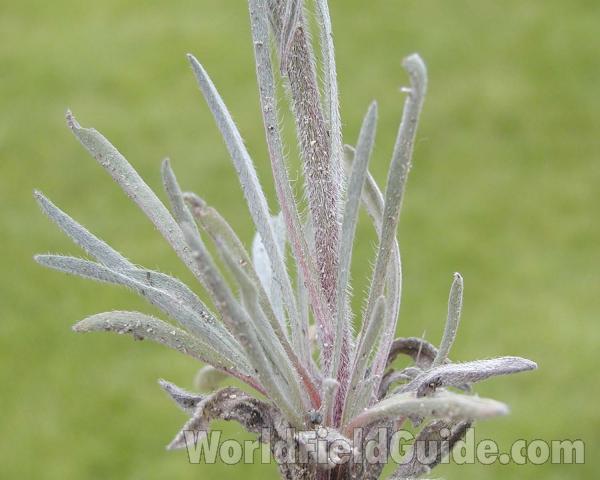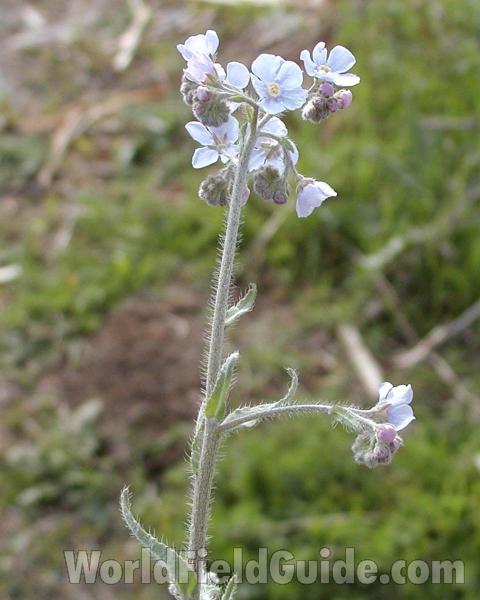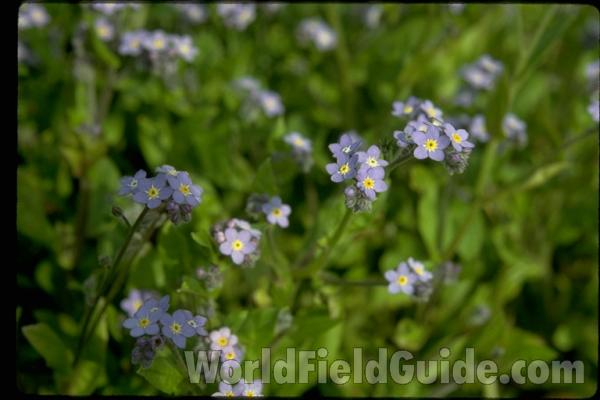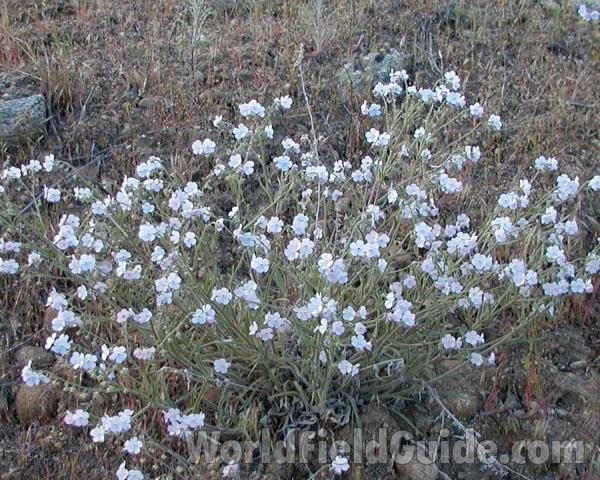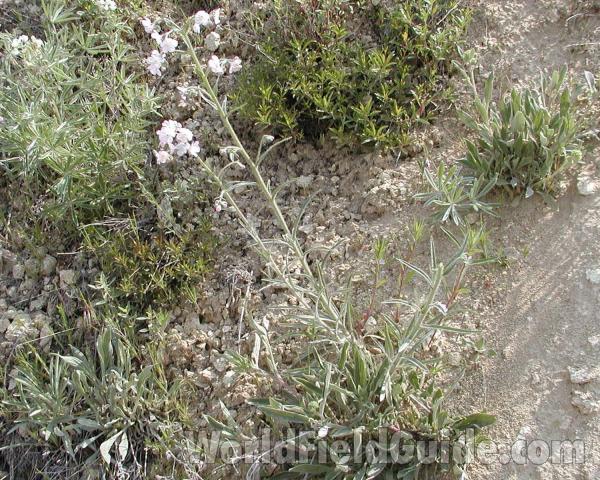SPECIES INFO
Garden Forget Me Not (Myosotis sylvatica) is found naturally in Eurasia and north Africa. There are numerous named forms of this species which are frequently grown as ornamentals. This species is now established in North America.
There is a potential issue here, as Kartesz notes that Myosotis sylvatica variety alpestris is really Myosotis asiatica.Myosotis genus (forget-me-not) is native primarily to Europe with about 50 species. This genus contains annual, biennial, and perennial herbs. The alternate entire leaves are usually somewhat hairy. The blue, pink, or white flowers are usually in paired cymes. The flowers frequently have a pale or colored center. There are 12 species now established in greater North America.
Borage Family (Boraginaceae) is a large widely distributed family of about 2,500 species distributed in about 150 different genera. As of 1994, there were about 390 species arranged in over 35 different genera either native to or established in greater North America, including Puerto Rico, the Virgin Islands, Hawaii, and Greenland.
The family is found widely in the world. However, it appears absent in most of northern Canada and Alaska. The family is also absent from the Sahara Desert region.
Most flowers are actinomorphic (having radial symmetry).
Tubiflora Order of plants is comprised of a large number of families that are characterized by having tube-like flowers. Several of the families have asymmetrical flowers with various lip and lobe configurations, while others have symmetrical flowers. The convention is to refer to the corolla divisions as lips, and to refer to the extensions at the end of the lips as lobes. This large order can be divided into two groups of families: those families with flowers with radial symmetry and those families with flowers with bi-lateral symmetry.
Some modern authors have divided this order into two different orders: The Lamiales including the mints and snapdragons and the Solanales including the morning glory and tomato families.
Dicots (Dicotyledoneae Class) are the predominant group of vascular plants on earth. With the exception of the grasses (Monocots) and the Conifers (Gymnosperms), most of the larger plants that one encounters are Dicots. Dicots are characterized by having a seed with two outer shell coverings.
Some of the more primitive Dicots are the typical hardwood trees (oaks, birches, hickories, etc). The more advanced Dicots include many of the Composite (Aster) Family flowers like the Dandelion, Aster, Thistles, and Sunflowers. Although many Monocots reach a very high degree of specialization, most botanists feel that the Dicots represent the most advanced group of plants.
Seed plants (Phylum Embryophyta) are generally grouped into one large phylum containing three major classes: the Gymnosperms, the Monocots, and the Dicots. (Some scientists separate the Gymnosperms into a separate phylum and refer to the remaining plants as flowering plants or Angiospermae.)
For North American counts of the number of species in each genus and family, the primary reference has been John T. Kartesz, author of A Synonymized Checklist of the Vascular Flora of the United States, Canada, and Greenland (1994). The geographical scope of his lists include, as part of greater North America, Hawaii, Alaska, Greenland, Puerto Rico, and the Virgin Islands.
Kartesz lists 21,757 species of vascular plants comprising the ferns, gymnosperms and flowering plants as being found in greater North America (including Alaska, Hawaii, Greenland, Puerto Rico and the Virgin Islands.
There are estimates within the scientific world that about half of the listed North American seed plants were originally native with the balance being comprised of Eurasian and tropical plants that have become established.
Plant kingdom contains a large variety of different organisms including mosses, ferns, and seed plants. Most plants manufacture their energy from sunlight and water. Identification of many species is difficult in that most individual plants have characteristics that have variables based on soil moisture, soil chemistry, and sunlight.
Because of the difficulty in learning and identifying different plant groups, specialists have emerged that study only a limited group of plants. These specialists revise the taxonomy and give us detailed descriptions and ranges of the various species. Their results are published in technical journals and written with highly specialized words that apply to a specific group.
On the other hand, there are the nature publishers. These people and companies undertake the challenging task of trying to provide easy to use pictures and descriptions to identify those species.
